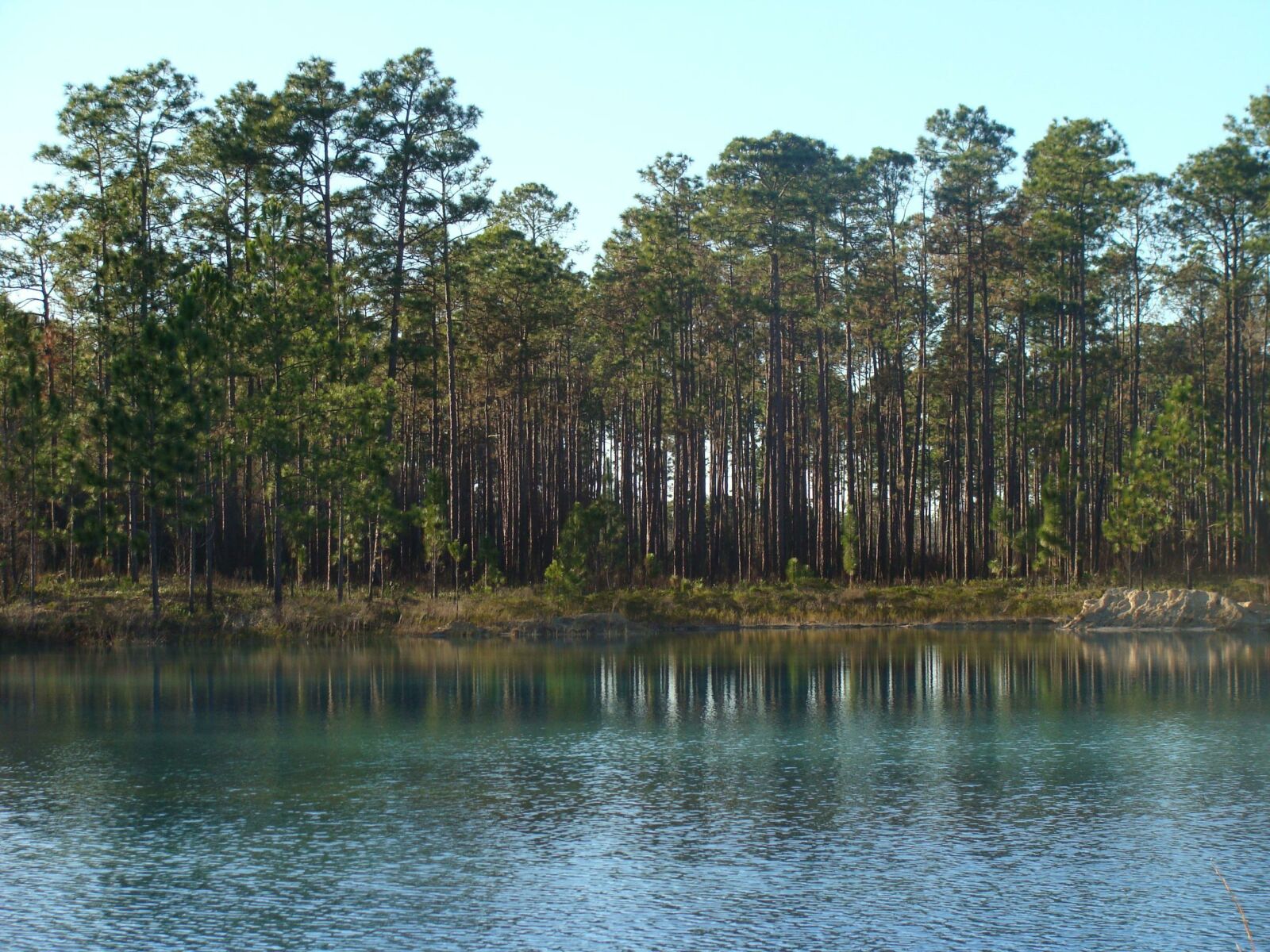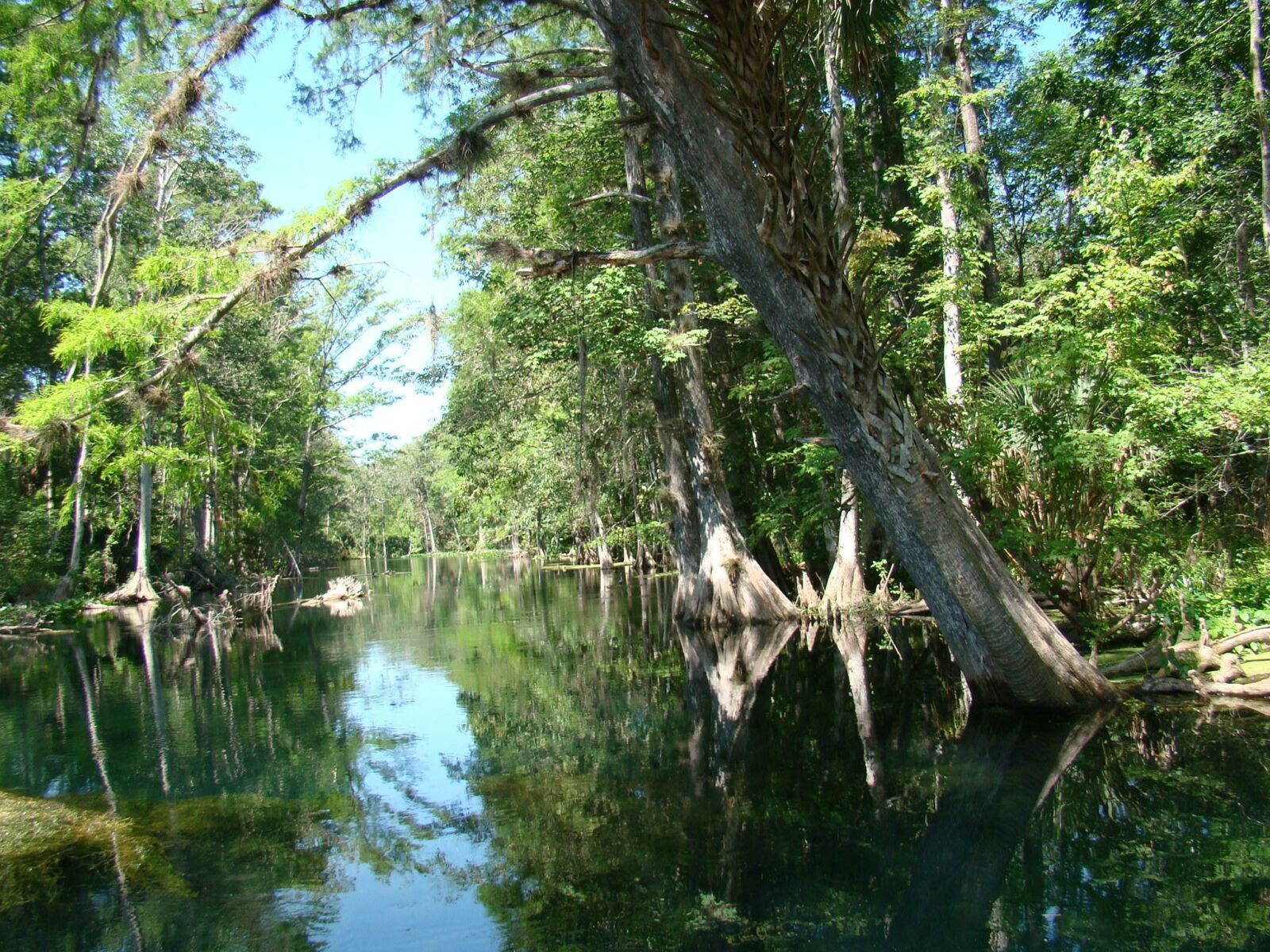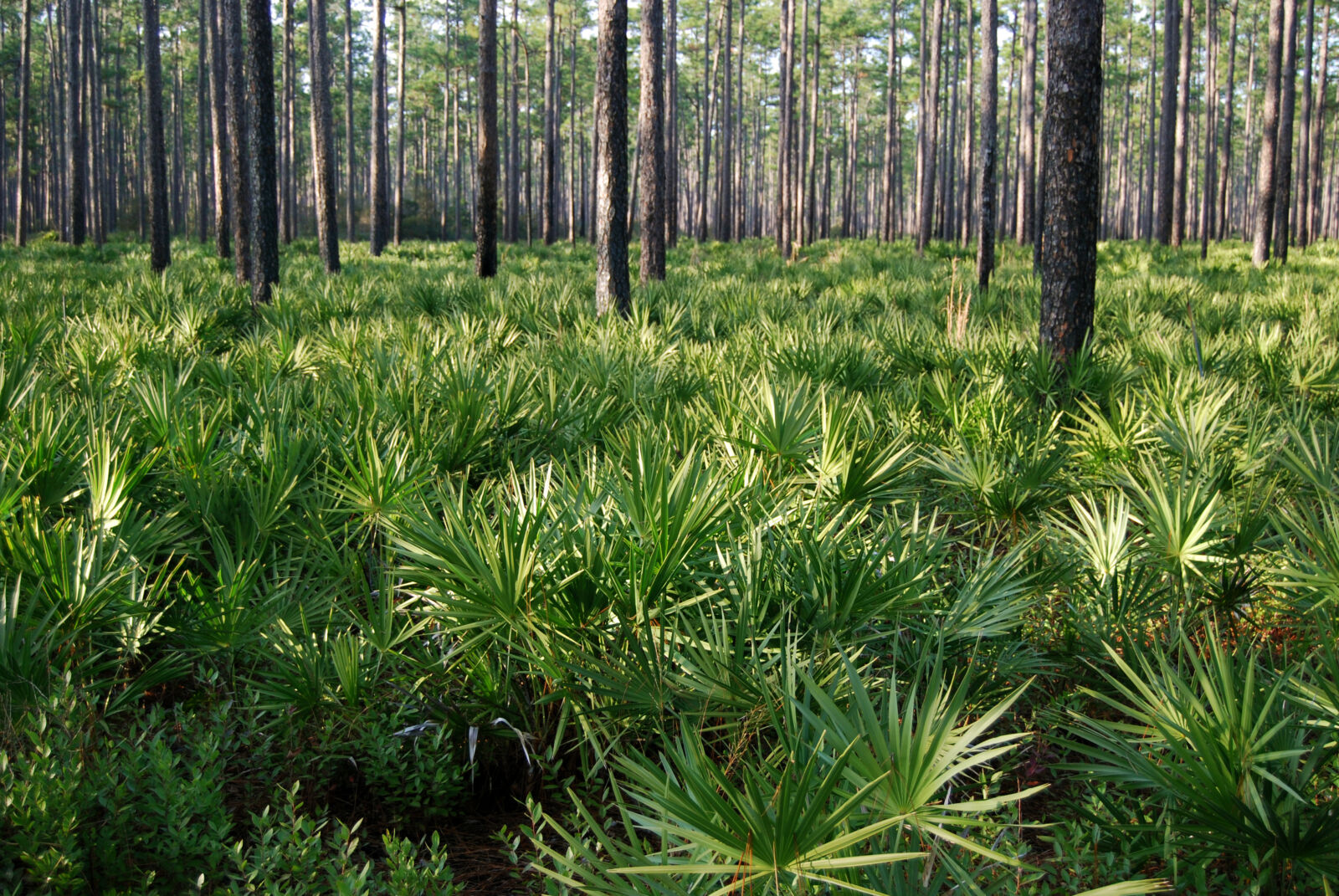National Forests in Florida
The National Forests in Florida are comprised of four separate Forests, each of which provides visitors with unique experiences
Florida enjoys a collection of National Forests:Apalachicola, Choctawhatchee, Ocala, Osceola.
Apalachicola National Forest
On the Apalachicola National Forest you will discover flat to gently rolling terrain and moist lowlands where cypress, longleaf pine/wiregrass, and savannas provide refuge for an unusual combination of amphibians and wildflowers.
The Apalachicola is one of the last remaining large areas of swamps, savannahs, and pine forest. Apalachicola's rivers and streams provide a steady freshwater flow to some of the most productive coastal bays or estuaries known for shellfish and other commercial seafood. Portions of the forest in wet lowlands abound with cypress, oak and magnolias. Stands of slash and longleaf pines cover the sandhills and flatwoods. You can visit Fort Gadsden Historic Site or Leon Sinks Geological Area. The climate is ideal for year-roundrecreation.
The Apalachicola National Forest offers water-based recreation such as boating andfishing along the Ochlockonee and Apalachicola Rivers, and swimming in the numerous lakes. Trails and roads accommodate hiking, mountain bike riding, horseback riding, off-roading, and motorcycle riding.

Camping can be enjoyed during all seasons on the Apalachicola National Forest. The Apalachicola has six day-use areas, four of which are fee areas.
Ocala National Forest
The Ocala National Forest is a unique and fascinating Forest that offers an accommodating climate for year-round recreating. The mild winters are fine for family camping while a summer canoe trip down a palm-lined stream is a cool way to spend an August day.
The Forest has huge springs, twisting streams and lakes for fishing, boating, and water skiing. Many of the scenic lakes formed when limestone bedrock dissolved, permitting the surface layer to slump and fill with water. The cool crystal-clear water of Juniper Springs, Alexander Springs, Salt Springs and Silver Glen Springs entice many visitors to take a cool dip. Snorkelers frequently find a thrilling underwater view of fish, swaying vegetation and cavernous springs.
The Forest offers wonderful opportunities for mountain biking, off-roading, horseback riding, and hiking. The Ocala portion of the Florida National Scenic Trail traverses the Forest north to south, winding through multiple ecosystems. Hikers can experience rolling hills in the open longleaf pine forest, vast prairies, wooden boardwalks through swamps, thick scrub oak – sand pine, and oak hammocks. The Trail meanders approximately 67 miles through the Ocala National Forest, making it an excellent choice for backpacking.

Osceola National Forest
Nearly two hundred thousand acres of the original Florida are waiting to be explored in theOsceola National Forest. These forested woodlands and swamps provide many opportunities for a wide range of visitor experiences such as camping, hiking, swimming,fishing and hunting, off-roading, horseback riding, wildlife viewing and many more.


